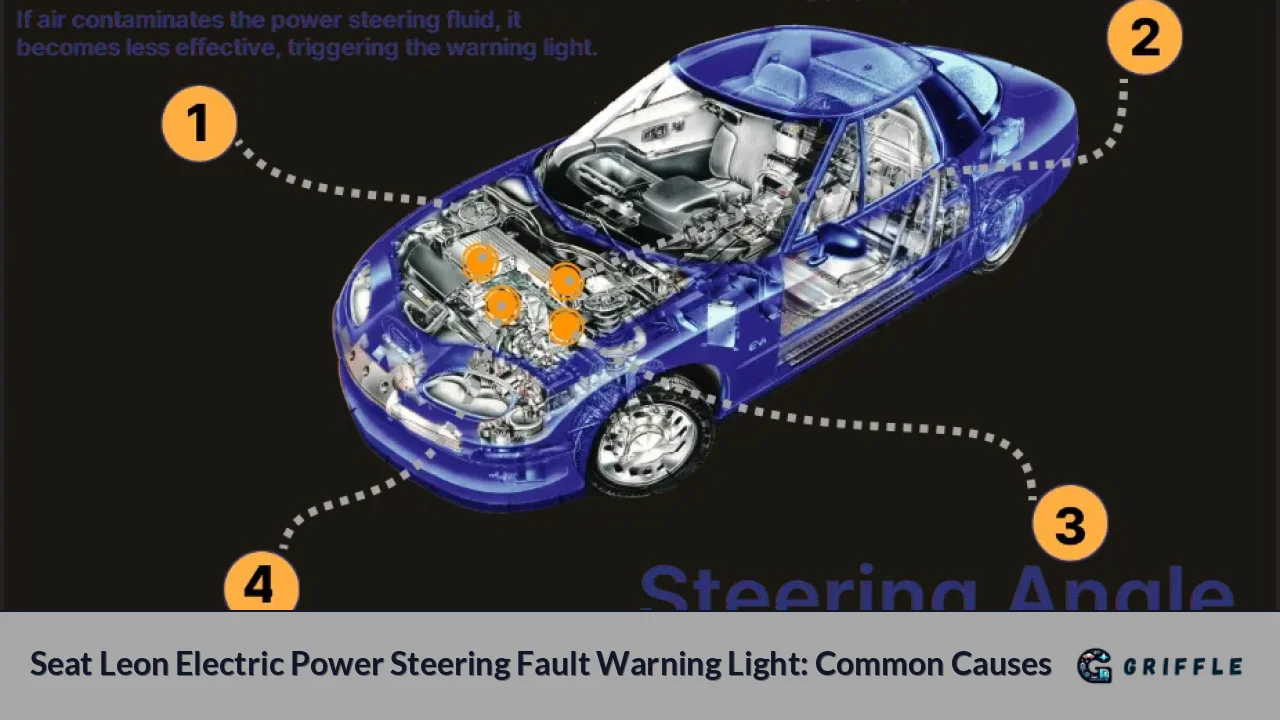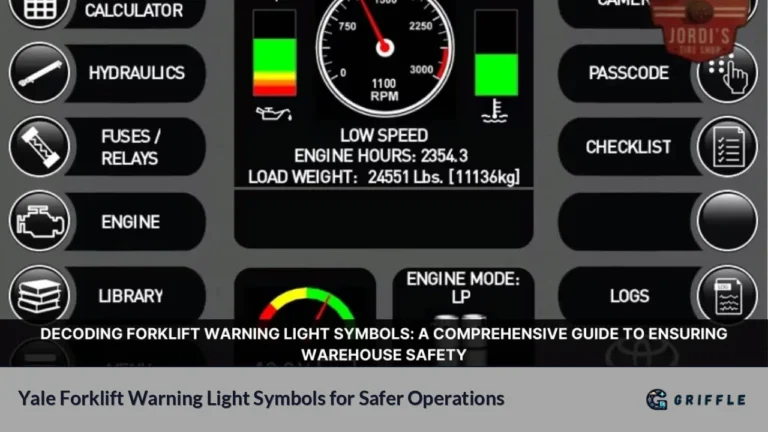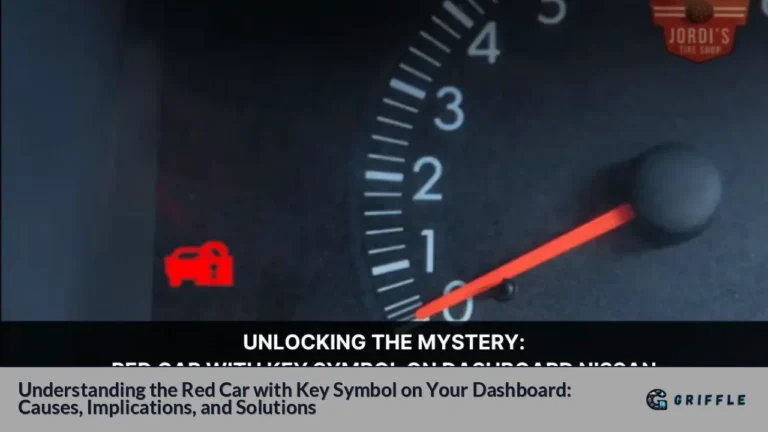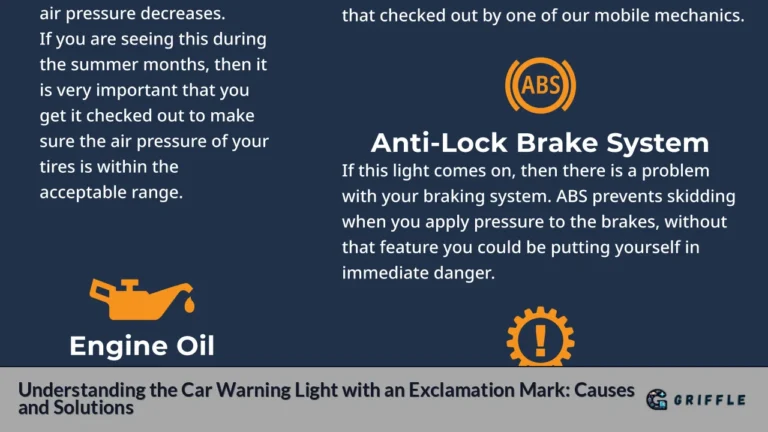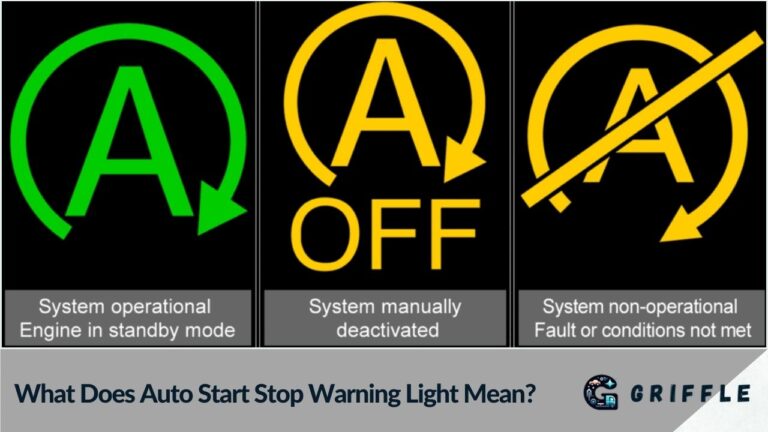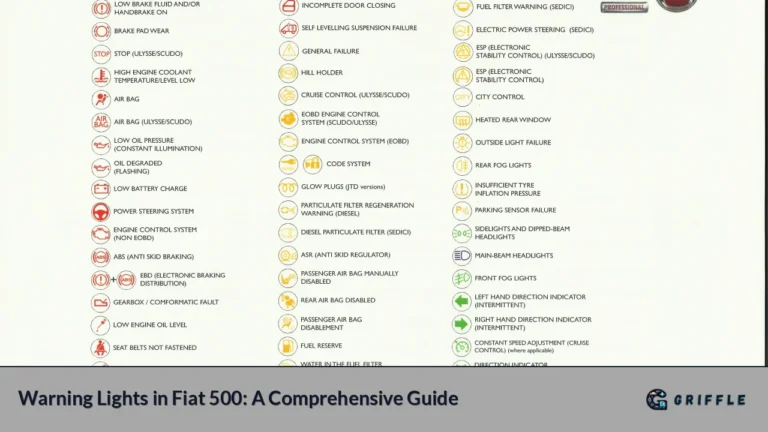The Seat Leon, a popular compact car, is known for its performance and handling. However, like any vehicle, it can experience issues, one of which is the electric power steering (EPS) fault warning light. This warning light can be alarming for drivers, as it indicates potential problems with the steering system. Understanding the causes, implications, and solutions to this issue is crucial for maintaining safety and performance. This article will delve into the common problems associated with the Seat Leon's EPS warning light, how to diagnose them, and effective solutions to ensure your vehicle remains safe and reliable.
Overview of Electric Power Steering Systems
Electric power steering (EPS) systems have become increasingly common in modern vehicles, including the Seat Leon. Unlike traditional hydraulic systems that rely on fluid pressure to assist steering, EPS uses an electric motor to provide assistance based on the driver's input. This system offers several advantages:
- Improved Fuel Efficiency: EPS systems consume less energy compared to hydraulic systems.
- Weight Reduction: The absence of hydraulic fluid and associated components reduces overall vehicle weight.
- Enhanced Control: EPS can adjust steering assistance based on speed and driving conditions.
Despite these benefits, EPS systems can encounter faults that trigger warning lights on the dashboard.
| Warning Light | Description |
|---|---|
| EPS Light | Indicates a fault in the electric power steering system. |
| Battery Light | May also illuminate if there are electrical issues affecting the EPS. |
Common Causes of EPS Fault Warning Light
Low Battery Voltage
One of the primary reasons for the EPS warning light to activate is low battery voltage. The EPS system relies heavily on electrical power; therefore, if the battery is weak or failing, it may not provide sufficient power for the steering assistance.
Electrical Faults
Electrical issues within the wiring harness or connectors can disrupt communication between components in the EPS system. Common symptoms include intermittent loss of power steering assistance or erratic behavior of the steering wheel.
Software Glitches
Modern vehicles often have complex software controlling various systems, including EPS. A software glitch or failure can cause the EPS warning light to illuminate without any actual hardware issues.
Fluid Leaks (for Hydraulic Systems)
While most Seat Leon models utilize EPS, some older variants may still feature hydraulic systems. In such cases, low power steering fluid due to leaks can trigger a warning light.
Faulty Sensors
The EPS system relies on various sensors to function correctly. A malfunctioning sensor can lead to incorrect readings and trigger the warning light.
Steering Column Issues
Problems with the steering column itself, such as worn components or misalignment, can also activate the EPS warning light.
Diagnosing EPS Issues in Seat Leon
Proper diagnosis is essential for addressing EPS faults effectively. Here are steps you can take:
- Check Battery Voltage: Use a multimeter to measure battery voltage; it should be around 12.6 volts when fully charged.
- Inspect Wiring and Connectors: Look for damaged wires or loose connections in the EPS system.
- Scan for Error Codes: Use an OBD-II scanner to check for diagnostic trouble codes (DTCs) related to the EPS system.
- Check Fluid Levels (if applicable): For hydraulic systems, ensure that power steering fluid levels are adequate.
- Restart the Vehicle: Sometimes, simply turning off and restarting the car can reset minor glitches in electronic systems.
Solutions to Fixing EPS Fault Warning Light
Battery Maintenance
If low battery voltage is detected as a cause:
- Replace or Recharge Battery: Ensure your battery is in good condition; replace it if necessary.
- Check Alternator Functionality: Ensure that your alternator is charging properly to maintain battery health.
Electrical Repairs
For electrical faults:
- Repair Damaged Wiring: Inspect and repair any damaged wiring or connectors.
- Replace Faulty Components: If specific components are identified as faulty through diagnostics, replace them accordingly.
Software Updates
If software glitches are suspected:
- Update Vehicle Software: Check with your dealership for any available software updates that may resolve known issues.
Professional Assistance
If troubleshooting does not resolve the issue:
- Consult a Mechanic: A qualified technician can perform more advanced diagnostics and repairs using specialized equipment.
Conclusion
The Seat Leon's electric power steering fault warning light can indicate various underlying issues ranging from simple battery problems to complex electrical faults. Understanding these causes and knowing how to diagnose them is vital for maintaining vehicle safety and performance. Regular maintenance checks, including battery health assessments and electrical inspections, can prevent many common issues associated with EPS systems. If you encounter persistent problems despite troubleshooting efforts, seeking professional assistance is advisable to ensure your vehicle remains safe and reliable on the road.
FAQs
- What does the EPS warning light mean?
The EPS warning light indicates a potential issue with your car's electric power steering system. - Can I drive my Seat Leon with the EPS light on?
While you can drive with the light on, it may result in heavier steering effort and could be dangerous at high speeds. - How do I reset the EPS warning light?
Turning off your vehicle and restarting it may reset minor glitches; however, persistent lights should be checked by a mechanic. - What should I do if my power steering fails while driving?
Pull over safely as soon as possible and inspect your vehicle; if necessary, call for roadside assistance. - How often should I check my battery health?
It's advisable to check your battery health at least once a year or before long trips.
